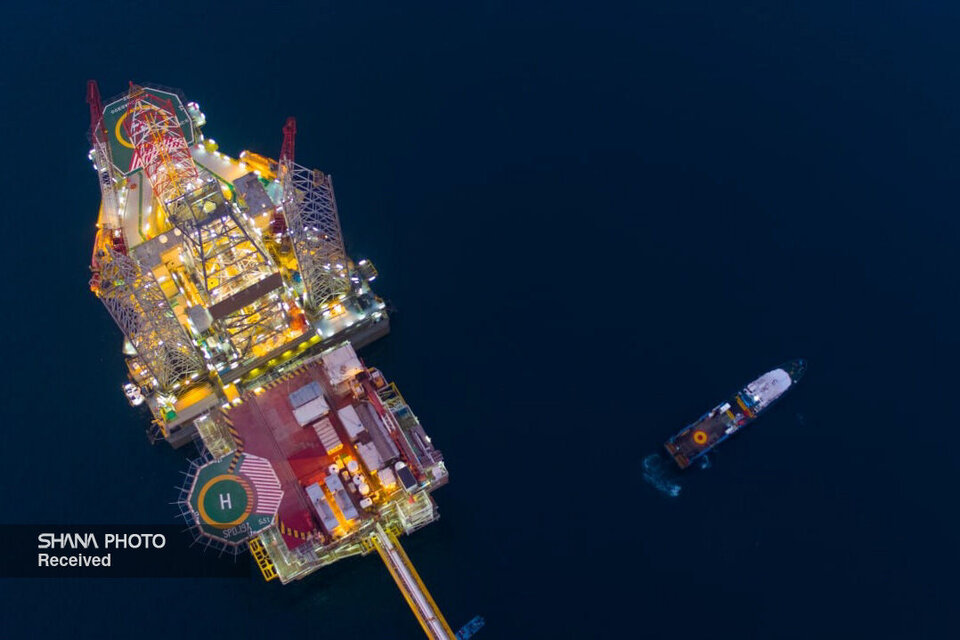Touraj Dehqani, speaking at a press conference on Sunday, regarding the pressure-boosting plan for the South Pars joint field, noted that South Pars is the world's largest integrated gas field. He said Iran currently extracts more than 700 million cubic meters of gas daily from this field.
Emphasizing that the field has entered the second half of its lifespan, Dehqani stressed that the pressure-boosting plan aims to prevent pressure decline and ensure Iran's share of extraction is not reduced. Implementing this plan could extend gas extraction from the South Pars joint field by more than 20 years.
The CEO highlighted that in the coming years, the field will face pressure decline issues, which could soon challenge gas production.
Dehqani explained that in pressure-boosting implementation, the closer the location is to the source, the greater the long-term extraction. He noted that there are two perspectives on the plan: some insist on offshore pressure boosting, while others advocate for onshore implementation.
He added that if time can be managed effectively, offshore pressure boosting is the priority. However, those favoring onshore implementation are concerned about potential delays in offshore execution. Nevertheless, if the first pressure-boosting hub can be implemented by 2030, offshore execution remains preferable.
Dehqani continued that seven hubs or areas have been designated for the pressure-boosting plan, with the first hubs naturally taking priority due to existing delays in implementation. This is why Phase 12 has been defined alongside Phase 11 in the first hub.
He noted that the first hub is more susceptible to pressure decline, so onshore pressure boosting has been planned to accelerate progress. Final engineering documents are being prepared, and a contractor has been selected for the onshore pressure-boosting project, which will involve an investment of $300 to $400 million.


Your Comment